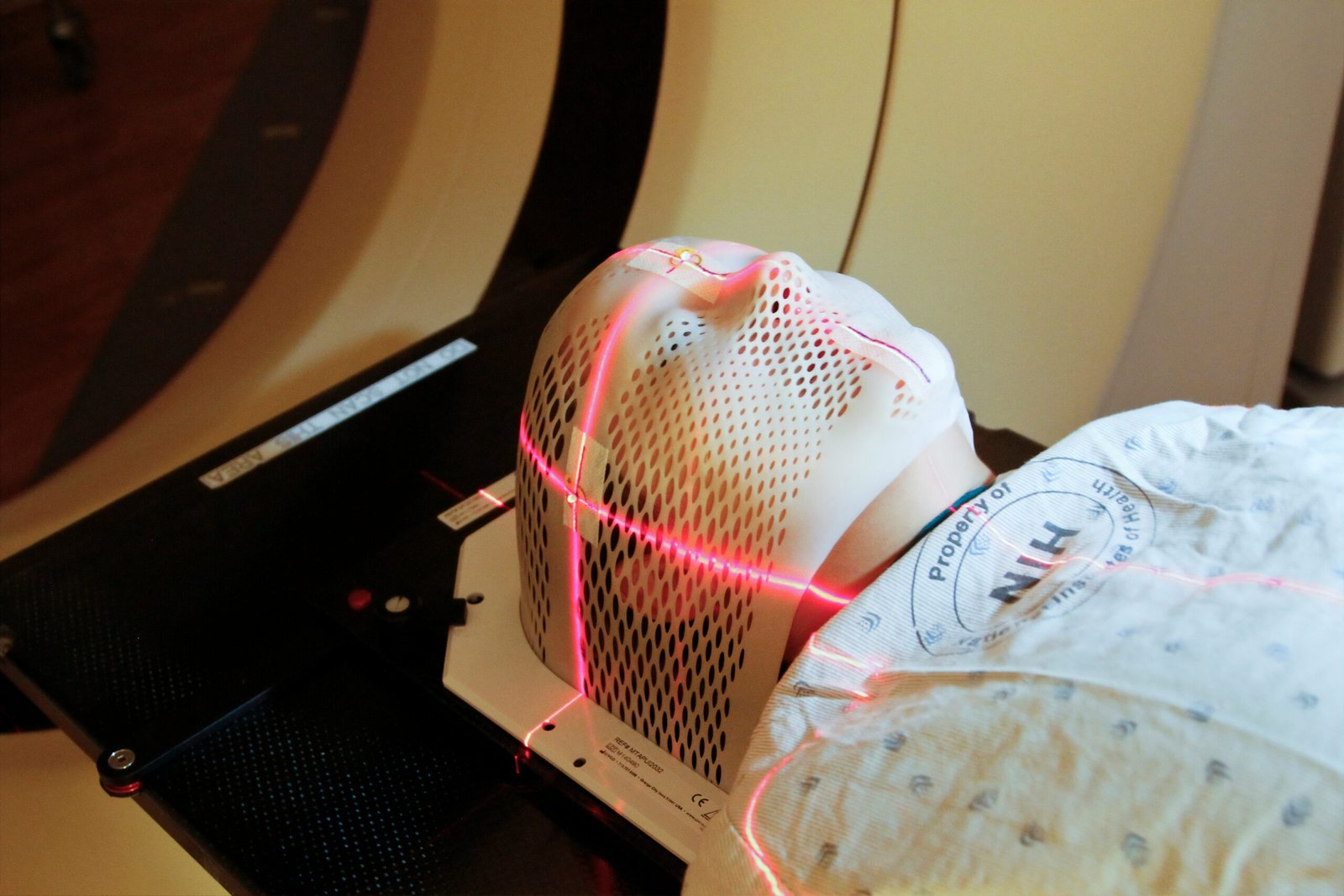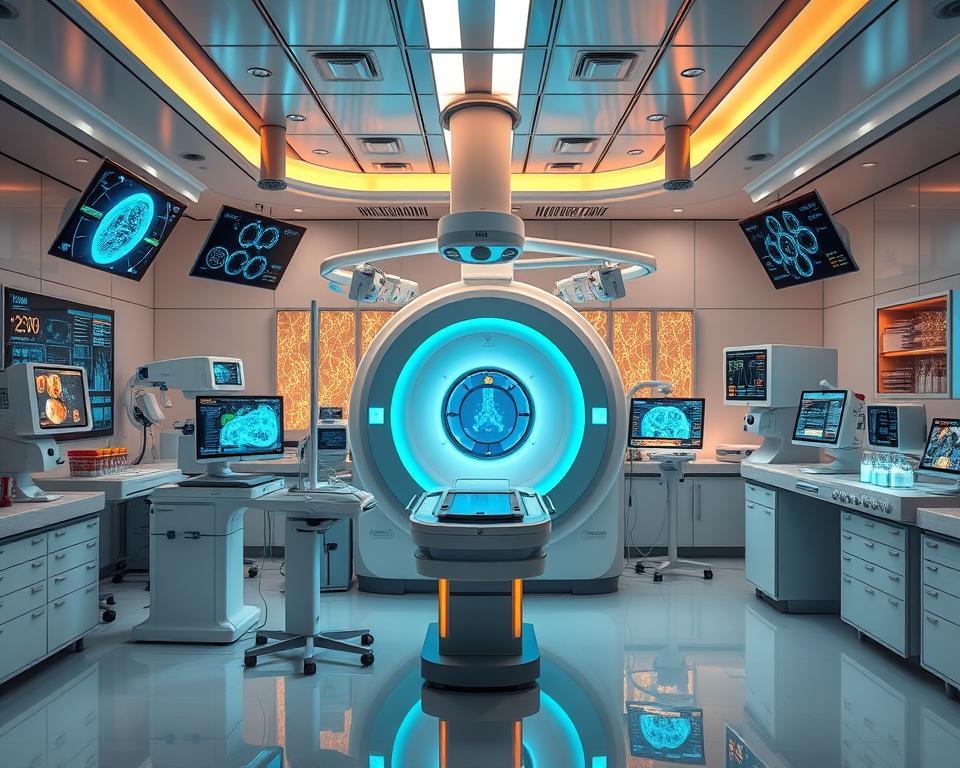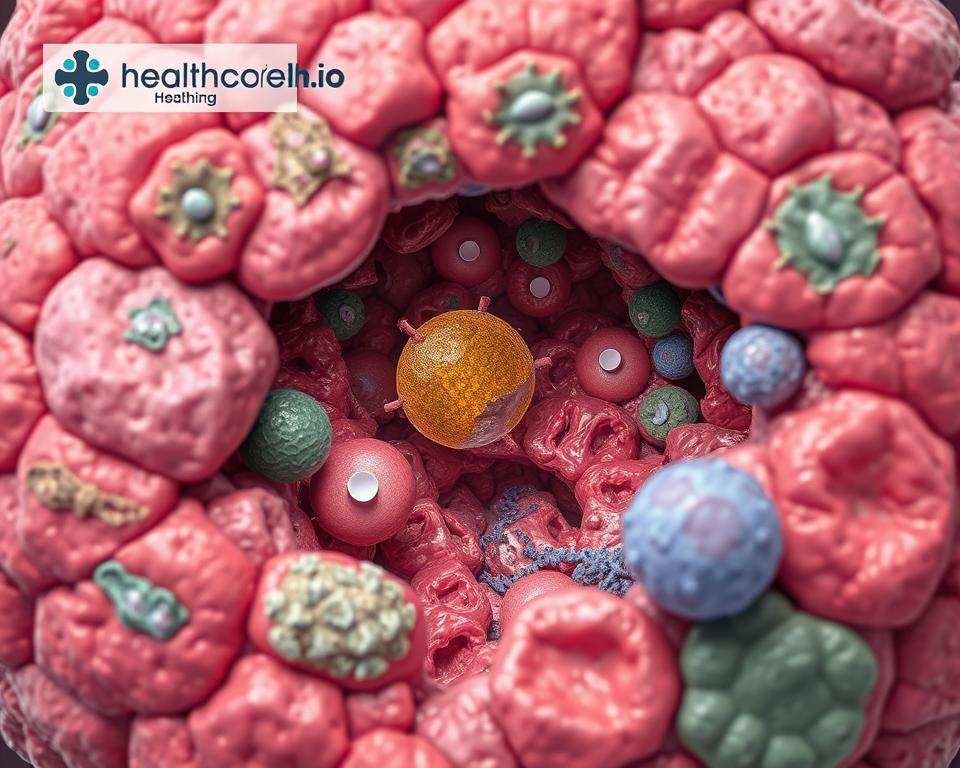
Modern Innovations in Radiation Therapy for Cancer Treatment
Radiation therapy has long been a cornerstone in the treatment of cancer, but recent advancements have significantly improved its precision and effectiveness. One of the most notable innovations is proton therapy. Unlike traditional X-ray radiation, proton therapy uses protons that can be more precisely controlled to target cancer cells, minimizing damage to surrounding healthy tissue. This method is particularly beneficial for treating tumors located near critical structures, such as in the brain or spinal cord.
Stereotactic radiosurgery (SRS) and stereotactic body radiotherapy (SBRT) are other cutting-edge techniques that have revolutionized cancer treatment. SRS delivers a high dose of radiation to a small, well-defined tumor in a single session, while SBRT targets tumors in the body with extreme precision over several sessions. Both techniques leverage advanced imaging technology to accurately pinpoint the tumor, thereby sparing healthy tissue and reducing side effects.
The integration of artificial intelligence (AI) and machine learning into radiation therapy has further enhanced treatment planning and delivery. AI algorithms can analyze vast amounts of data to optimize radiation doses, predict patient outcomes, and personalize treatment plans. This not only improves the accuracy of the treatment but also reduces the time required for planning, allowing for quicker initiation of therapy.
Advancements in imaging technology have also played a crucial role in the evolution of radiation therapy. Enhanced imaging techniques, such as magnetic resonance imaging (MRI) and positron emission tomography (PET), provide better tumor visualization and monitoring. These technologies enable clinicians to adapt radiation plans in real-time, ensuring that the treatment remains effective even as the tumor changes in size or position.
Ongoing research and clinical trials are continually pushing the boundaries of what is possible in radiation therapy. Studies are exploring new ways to further optimize radiation protocols, investigate the potential of combining radiation with other treatments, and develop novel imaging techniques. The goal is to not only improve the precision and effectiveness of radiation therapy but also to enhance the overall quality of life for cancer patients.
Cutting-Edge Developments in Chemotherapy for Cancer Treatment
The landscape of chemotherapy for cancer treatment has seen remarkable advancements, emphasizing not only efficacy but also the reduction of side effects. One of the pivotal innovations in this field involves the development of new drug formulations and delivery methods. These novel approaches are designed to maximize the therapeutic impact on cancer cells while minimizing damage to healthy tissues, thereby improving the overall quality of life for patients undergoing treatment.
Targeted therapies have emerged as a game-changer in the realm of chemotherapy. Monoclonal antibodies and small molecule inhibitors are at the forefront of these targeted treatments. Monoclonal antibodies are engineered proteins that specifically bind to antigens on cancer cells, marking them for destruction by the immune system. Small molecule inhibitors, on the other hand, are designed to interfere with specific pathways critical for cancer cell survival and proliferation. These therapies offer the advantage of precision, selectively attacking cancer cells and sparing normal cells, which significantly reduces collateral damage.
Immunotherapy has also garnered significant attention for its role in enhancing the body’s immune response to cancer. Checkpoint inhibitors, for instance, work by blocking proteins that prevent immune cells from attacking cancer cells, thus enabling a more robust immune response. CAR-T cell therapy, another form of immunotherapy, involves modifying a patient’s T cells to recognize and destroy cancer cells more effectively. These therapies represent a significant shift towards utilizing the body’s natural defenses in the fight against cancer.
The advent of personalized medicine and genetic profiling has further revolutionized chemotherapy. By analyzing an individual’s genetic makeup and the specific characteristics of their tumor, oncologists can tailor chemotherapy regimens to the unique needs of each patient. This personalized approach ensures that treatments are more effective and have fewer side effects, as they are specifically designed to target the genetic mutations driving the cancer.
Combination therapies, which integrate chemotherapy with other treatment modalities, are also showing great promise. By combining different therapeutic approaches, such as radiation therapy, surgery, and immunotherapy, a more comprehensive and effective treatment plan can be developed. This multi-faceted strategy aims to attack cancer from multiple angles, increasing the likelihood of successful outcomes and reducing the chances of recurrence.













Hairstyles
Hey! Someone in my Myspace group shared this website with us so I came to take a look. I’m definitely loving the information. I’m bookmarking and will be tweeting this to my followers! Exceptional blog and great style and design.